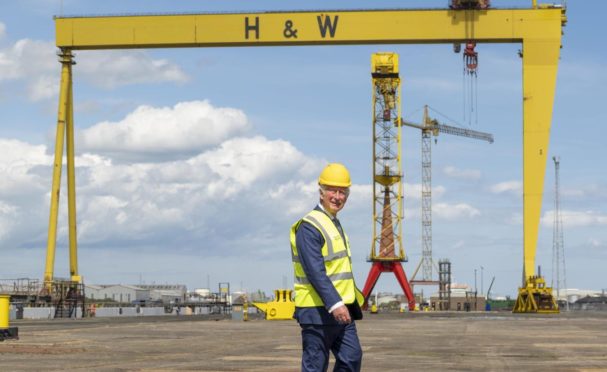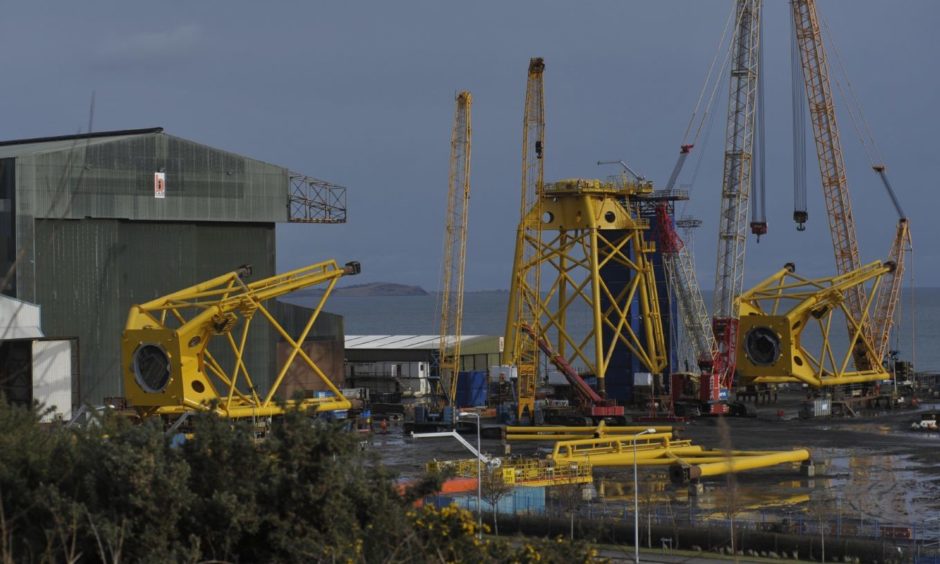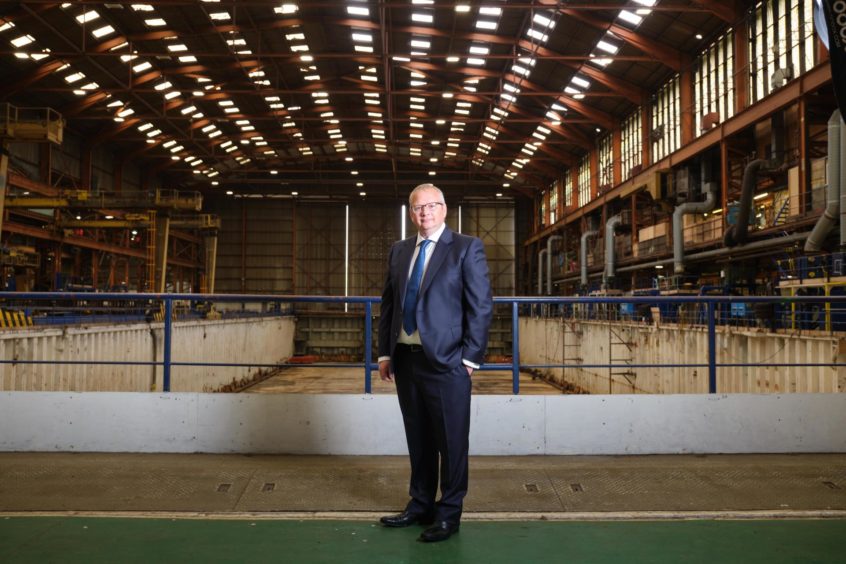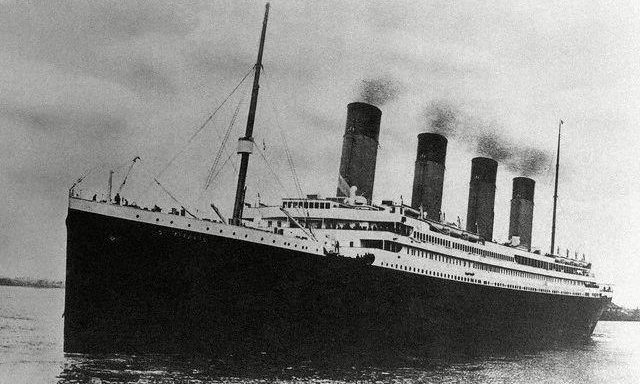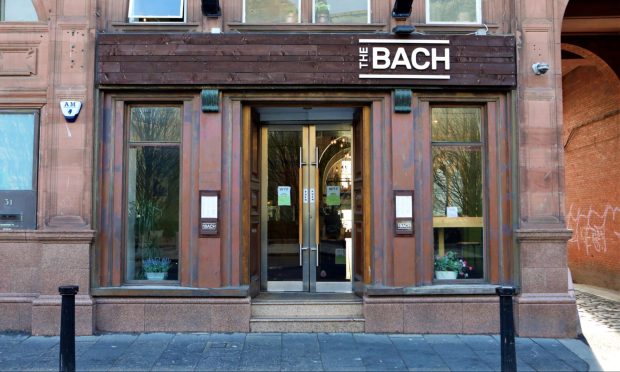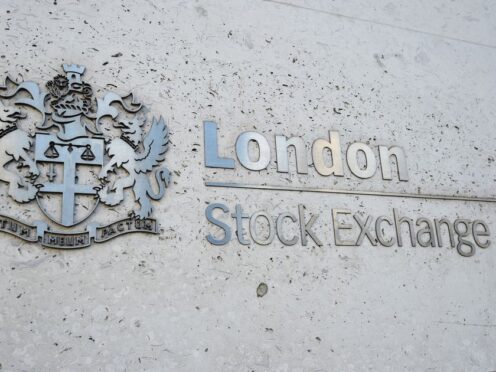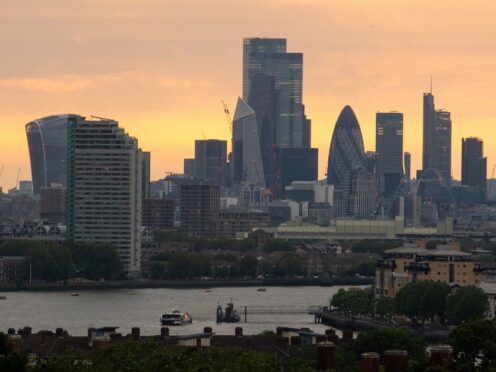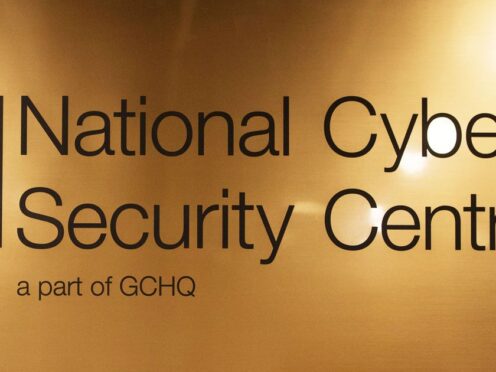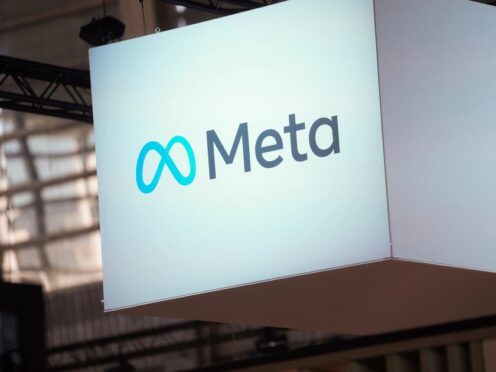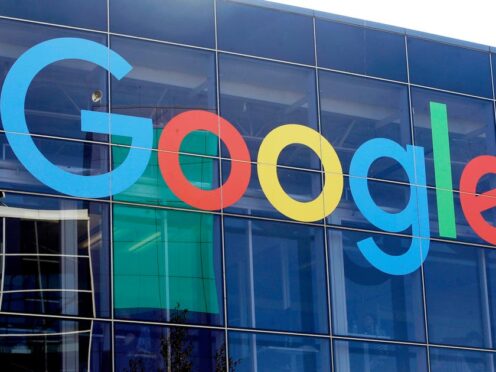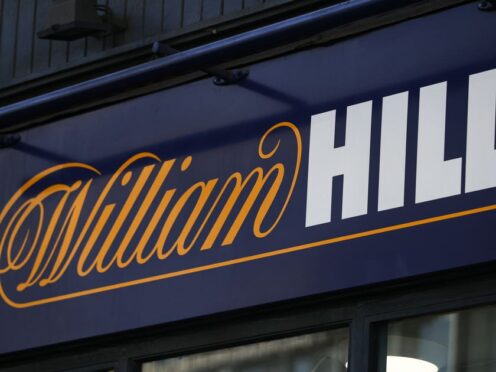The Prince of Wales has praised the new owner of a Fife BiFab site for its commitment to apprenticeships.
Harland & Wolff acquired the BiFab yards in Methil and Arnish in February.
Last month the company secured a deal to fabricate eight wind turbine jackets for the Neart na Gaoithe (NnG) wind farm. This will create almost 300 jobs, most of which will be based in Fife.
The company has a long history and His Royal Highness’ visit was to mark its 160th anniversary. Famously the firm built RMS Titanic from its Belfast yard.
In the wake of the NnG award, the company started an apprenticeship programme across its four sites.
Encourage more apprentices
The Prince of Wales praised this commitment when he visited the Belfast facility.
Addressing staff, he said: “I’m so pleased to hear that there is all sorts of potential new activity here and new fabrication opportunities. That could be really encouraging.
“I hope you could encourage a lot more of the young to become apprentices and understand the importance of manufacturing and to also understand how this country has led the way in so many of these areas.
“We owe all of you an enormous debt of gratitude for your skills and ingenuity, which are so remarkable. Well done all of you and thank you for all the hard work you put in.”
Almost 50 years on since his father’s visit to the site, The Prince today commemorated Belfast’s long history of commercial shipbuilding at @Harland_Wolff1. 🏗️
The site offers two of the largest drydocks in Europe as well as two iconic yellow cranes, named Samson and Goliath. pic.twitter.com/Xbg5DVzMpS
— The Prince of Wales and The Duchess of Cornwall (@ClarenceHouse) May 18, 2021
The Prince was presented with a framed photo of his late father, The Duke of Edinburgh, on a visit to the shipyard in 1977.
He was also given a copy of ‘H&W News’ which featured The Duke of Edinburgh’s visit.
He unveiling a celebratory plaque marking the 160th anniversary of Harland & Wolff.
‘Building a great future’
Chief executive John Wood said: “This visit marks an incredible moment in our history.
“We have a great past, and now we’re proud to be building a great future.
“Through our newly launched apprenticeship scheme, we will continue to pass on those skills and traditions and put British shipbuilding back on the map. As one team, we will return Harland & Wolff to its former glory.”
Founded on April 11 1861 by Sir Edward James Harland and Gustav Wilhelm Wolff, Harland & Wolff’s heritage includes work on some of the most iconic ships.
As well as RMS Titanic, other notable vessels were RMS Olympic and HMHS Britannic, SS Canberra for P&O and the Myrina tanker – the first supertanker built in the UK.
Its Belfast yard is among Europe’s largest heavy engineering facilities, with deep water access, large drydocks and vast fabrication halls.
As a result of the acquisition of Harland & Wolff (Appledore) in August 2020, the company has been able to capitalise on opportunities at both ends of the ship-repair and shipbuilding markets where this will be significant demand.
The former BiFab yards are now known as Harland & Wolff (Methil) and Harland & Wolff (Arnish).
These facilities will focus on fabrication work within the renewable, oil and gas and defence sectors.
